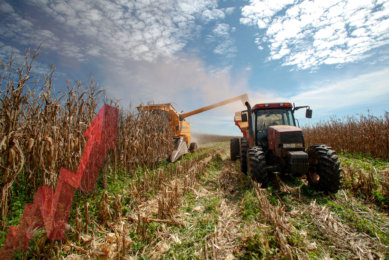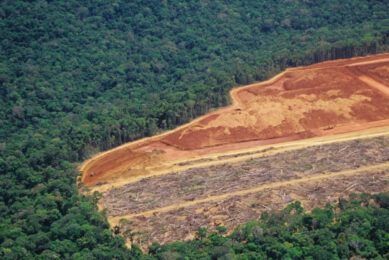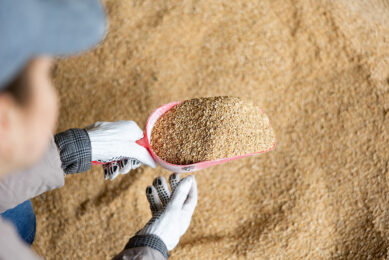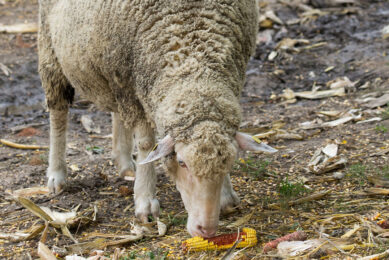Food and energy crop zoning proposed
Closer monitoring of world demand is essential to defining areas for food and energy crops in order to ensure food export stability and also to promote food as a strategic product to swap for oil, says Thai Food Processors Association president Vilai Kiatsrichart.
She adds that without proper zoning, increased cultivation of energy crops
can jeopardize raw material supplies for the food
industry.
Thailand, she says, has about 130 million rai of
farmland, of which 63 million rai are rice fields while 17.4 million rai are
used for crops, mainly cassava, sugarcane and oil palm, with both energy and
food applications, with the remaining land farmed for fruit and other
products.
“Without proper farmland zoning, defining areas for food and
energy crops to ensure food export stability and also promote food as a
strategic product to swap for oil, may jeopardize raw material supplies for the
food industry.
“We believe food exports for all of 2008, both in terms of
value and volume will remain strong, given rising prices per unit following
higher raw material and production costs. But what we are now most concerned
about is the availability or raw materials supplied to the food industry, which
has made it tough for exporters to forecast their sales in the longer
term.”











